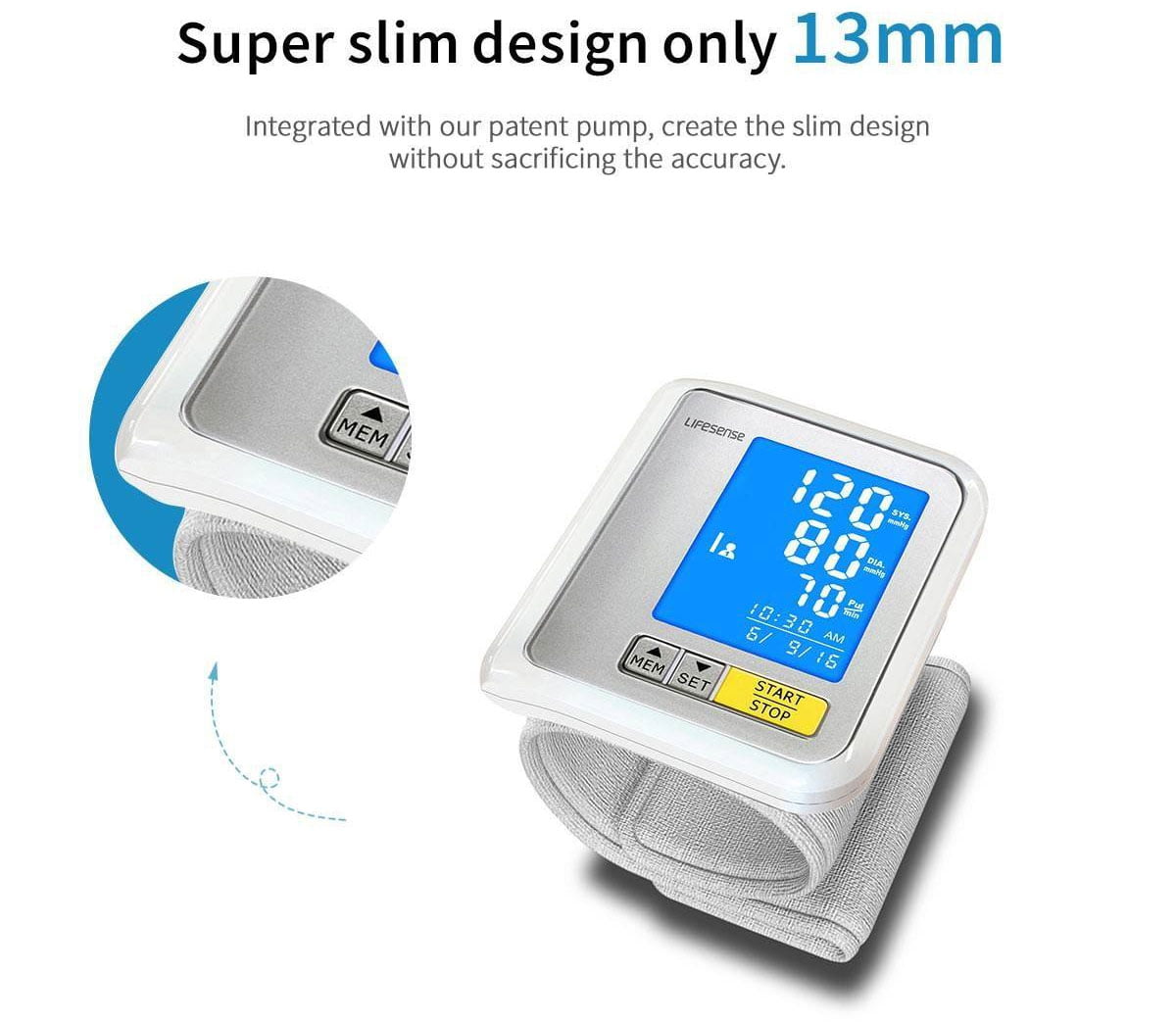Blood pressure monitors are used to measure the pressure of blood flowing through the arteries. This is an important indicator of cardiovascular health as high blood pressure, or hypertension is a leading risk factor for heart disease, stroke, and other health problems. By using a blood pressure monitor, individuals can monitor their blood pressure levels over time and identify any changes that may require medical attention. Blood pressure monitoring is especially important for those with a family history of hypertension or other risk factors, such as smoking, obesity, or a sedentary lifestyle. By regularly monitoring blood pressure, individuals can make lifestyle changes, seek medical treatment, and work to manage their hypertension, reducing their risk of heart disease and other health complications.
Choosing the correct blood pressure monitor can be a bit overwhelming, but it is an important decision that can have a significant impact on your health. Here are some factors to consider when selecting a blood pressure monitor.

The most important factor when selecting a blood pressure monitor is its accuracy. It is crucial to choose a monitor that has been validated by a reputable organization, such as the British Hypertension Society or the Association for the Advancement of Medical Instrumentation. There are three types, upper arm and wrist monitors. Other types of blood pressure monitors include finger monitors, which are less commonly used and not as accurate as upper arm or wrist monitors. Ambulatory blood pressure monitors are also available for continuous monitoring over 24 hours and are typically used in clinical settings for the diagnosis and treatment of hypertension. Upper-arm monitors are generally more accurate, but wrist monitors are more convenient and portable. Depending on your needs and preferences, you can choose the type that suits you the best. You know very well that we use it easily, with clear and large display readings, which is a key factor in making sure that you can consistently and correctly measure your blood pressure. The cuff should be easy to put on and take off, and the instructions should be clear and easy to follow
Upper Arm
It consists of a cuff that is wrapped around the upper arm and connected to a device that inflates and deflates the cuff, while a pressure sensor detects the blood flow and provides a numerical reading of the systolic and diastolic pressures. Upper-arm blood pressure monitors are considered to be more accurate than wrist monitors and are often recommended by healthcare professionals for home use.

Wrist blood pressure:
Wrist blood pressure monitors are portable and convenient, making them a popular choice for home use. However, they may be less accurate than upper arm monitors and can produce inconsistent readings if the cuff is not positioned correctly on the wrist. The cuff size is important to ensure a proper fit and accurate readings. Wrist blood pressure monitors may come with features such as digital displays, memory storage, and Bluetooth connectivity for data tracking. It is important to consult with your healthcare provider before using a wrist blood pressure monitor to ensure that it is appropriate for your needs and medical history.
Finger Type:
A finger transtek blood pressure monitor is a type of medical device used to measure blood pressure. It consists of a small cuff that is wrapped around the finger and connected to a device that inflates and deflates the cuff, while a pressure sensor detects the blood flow and provides a numerical reading of the systolic and diastolic pressures. Finger blood pressure monitors are not as commonly used as upper arm or wrist monitors and are generally considered to be less accurate. They are typically smaller and more portable but may be more difficult to use and produce inconsistent readings. Finger monitors are not recommended for routine blood pressure monitoring, but may be used in certain medical settings for patients with specific needs or conditions.






